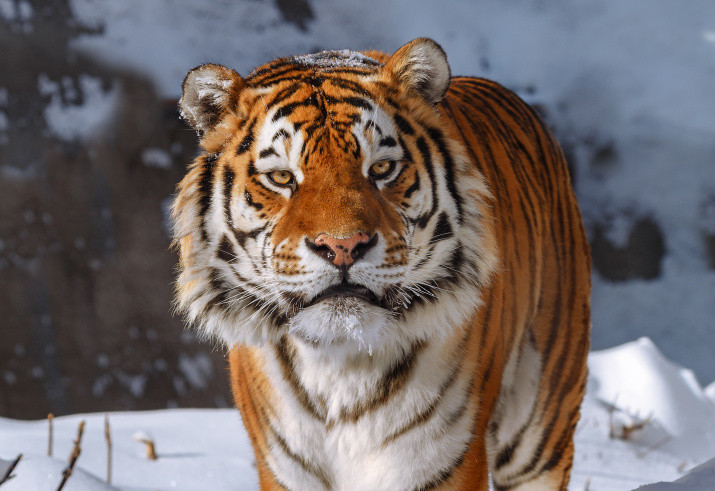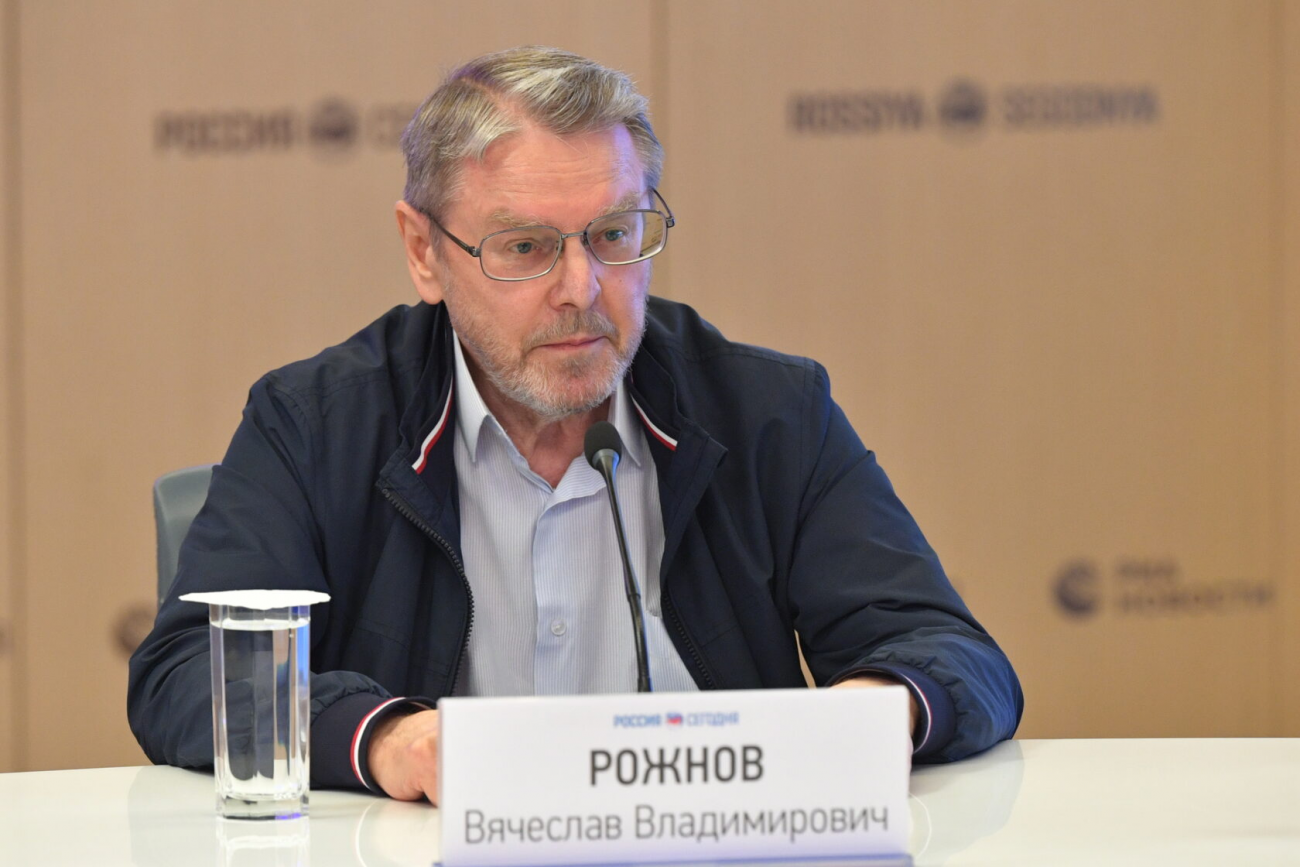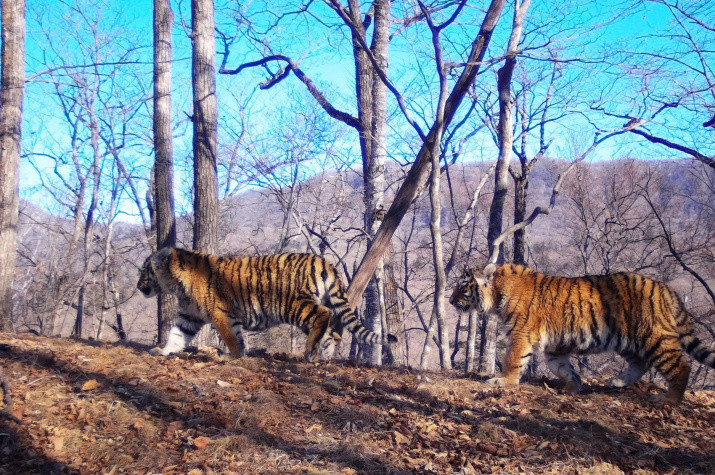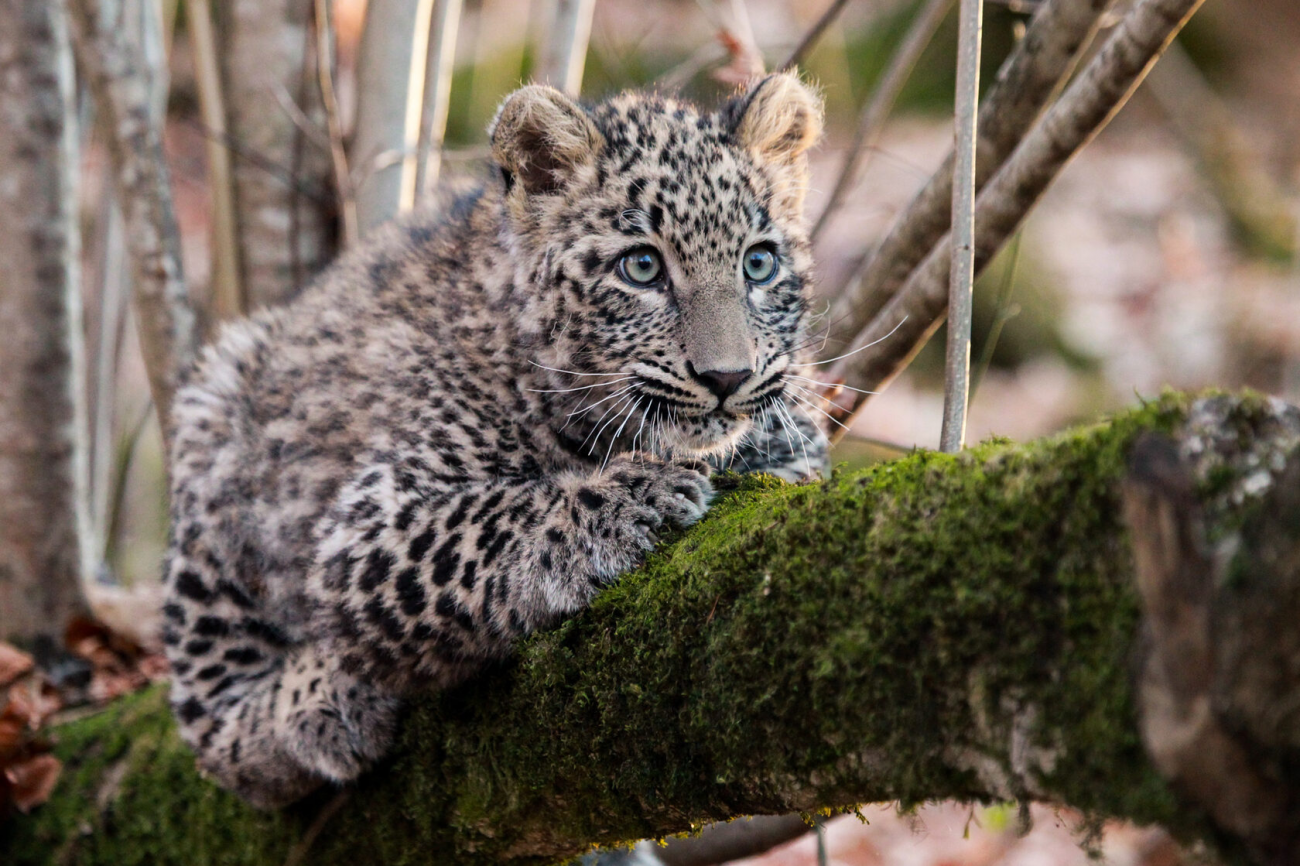
Currently, there are 750 Amur tigers in the Russian Far East, Academician of the Russian Academy of Sciences Vyacheslav Rozhnov, Chief Researcher of the Institute of Ecology and Evolution of the Russian Academy of Sciences, and member of the VOOP Scientific Council, told the All-Russian Society of Nature Conservation. According to him, the restoration of the tiger population in the Jewish Autonomous and Amur Regions was carried out virtually from scratch, and the methods were developed by scientists as the work progressed. Programs for the restoration of rare animal species must be carried out on a scientific basis, and they are expensive. They are financed by both the state and some foundations. The work of scientists using modern technologies, such as satellite tagging of animals, genetic, hormonal and other studies, requires constant investment. Every day, humans invade ecosystems, remove species from them, and destroy functional connections in them. This threatens a catastrophe if it is not controlled by scientists and is not limited by the state.
From the very beginning of the creation of the "Permanent Expedition of the Russian Academy of Sciences for the Study of Animals of the Red Book of the Russian Federation and Other Particularly Important Animals of the Fauna of Russia" and to this day, Vyacheslav Rozhnov has been leading the work on the study and restoration of endangered species. Details and particulars can be found in his story.

How it began
“In 2007, at the very end of his presidential term, V.V. Putin called several people from the Academy of Sciences, including me, and suggested that we work on preserving and restoring rare species.
At that time, there were many foreign foundations in the country, and their employees were actively studying certain species. In the Far East, for example, they began studying the Amur tiger and the Far Eastern leopard. And they gave recommendations to Russian government organizations on what they should do. President Putin decided to improve this situation so that our scientists could study these rare species more. That is how the tiger project began.
After some time, Vladimir Vladimirovich came to our expedition, watched how we worked. He liked it, and asked who else we would like to study in this way. Serious money was allocated, since the restoration of rare species and their study is a financially demanding task: very expensive space images to study the habitats of animals and satellite collars to study their movements, drugs to immobilize animals, hormonal and genetic analyses...
The "Permanent Expedition of the Russian Academy of Sciences for the Study of Animals of the Red Book of the Russian Federation and Other Particularly Important Animals of the Fauna of Russia" was created, it was incorporated into our institute - the A.N. Severtsov Institute of Ecology and Evolution of the Russian Academy of Sciences. Other projects were launched within the framework of this expedition - on the Far Eastern leopard, on the snow leopard, on the polar bear. They are still ongoing.”
How to save an endangered species?
“Entry of a species into the Red Book completely excludes it from economic activity: it is forbidden to hunt, it is forbidden to extract it in any form, it is forbidden to sell its derivatives.
To understand and propose some measures to preserve a species, it is necessary to study how it lives, what influences it, what leads to its reduction. You can cut down a cedar and not kill a single tiger, and they will die out on their own, because they will have nothing to eat: both wild boars and deer, which are the tiger's food base, feed on cedar nuts.
Everyone needs cedar. It is very expensive. Timber trucks one after another took out cedar for sale to foreign companies. Our southeastern neighbors needed tigers to make oriental medicine. Poachers took out not only derivatives of killed tigers, but also frogs, whose fat is used in Chinese pharmaceuticals. Moreover, they took out frogs in sacks, tons.”

We restored the tiger in the Jewish Autonomous Region and the Amur Region from scratch, developing a unique technology. It is believed that today there are 750 Amur tigers in our country - this was shown by a census conducted two years ago. Is this a lot or a little? There is the Ussuri taiga, in these forests live so many deer, so many wild boars, so many roe deer - that's what the tiger eats. How many deer does a tiger eat per year? Knowing this, we can calculate how many tigers can live here. In fact, no one has done this kind of work to date, and it is necessary.
The Russian Geographical Society supports our project to study tigers, but there is not enough money for all the necessary research. The Amur Tiger Fund has been created in the country. Through it, the normal work of various state environmental organizations in the Far East is financed: the purchase of cars, snowmobiles, equipment for inspectors, salaries. The inspectors brought order to the taiga. As a result, the number of tigers has increased, but so has the occurrence of their conflict situations with humans. It is necessary to calculate the ecological capacity of habitats for the tiger. To do this, it is necessary to support scientific programs, train hunting specialists. Whether you like it or not, you sometimes remember that our country once had the best education system...

Among other positive news is the restoration of the population of the Caucasian leopard (Persian leopard). It was exterminated in the middle of the last century in the Caucasus. We are currently restoring it. We need to know what habitats it can use today, and model suitable habitats. This requires both space images of the area and "walking on foot" around the Caucasus. We need to assess its food supply, calculate how many leopards can live in this very popular place for people to relax. There must be a scientific basis for everything. Zoos also play a role in the restoration of rare species. In particular, the Moscow Zoo is also involved in the Caucasian leopard program - its employees are involved in assessing the readiness for life in the wild of animals raised in a special center near Sochi. We need to get offspring and raise them correctly: so that these predators avoid humans, so that young leopards eat natural food, not goats and sheep that humans bring them. It's a very complex process - that's what we're doing.
